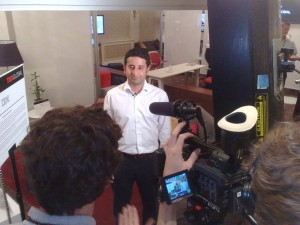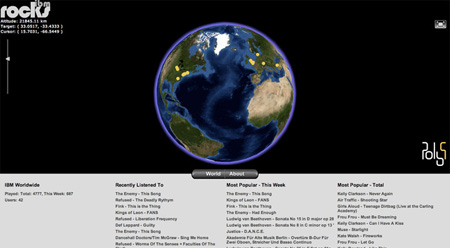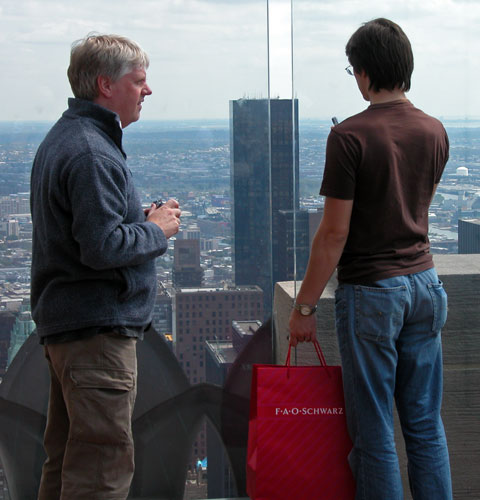In 2005 a group of us working at IBM’s Hursley lab decided to start a blog about technology and what it was like to work here.
In the 11 years we’ve seen people join and leave, we’ve had weddings and babies, bought houses, had 120 breakfasts together and drunk many cups of tea. We’ve also seen the technology we work with span social media, virtual worlds, cloud, and AI. Some of it has been recorded here. We’ve had a few attempts to restart Eightbar but interest in reading and writing it has faded, so we decided to call it a day.
The content has all been archived and is accessible at: https://eightbar.eu-gb.mybluemix.net or you can download the whole thing at: https://github.com/shawdm/eightbar-static. In a few days we’ll redirect eightbar.co.uk and in a few weeks we’ll let the domain expire.
Most of the contributors are still writing their own blogs. All of them are on Twitter.
Alice Bartlett
http://alicebartlett.co.uk/
Andy Piper
https://andypiper.co.uk
Andy Stanford-Clark
http://stanford-clark.com
Ben Hardill
http://www.hardill.me.uk
Dale Lane
http://dalelane.co.uk
Darren Shaw
https://darrenshaw.org
Gareth Jones
http://garethj.com
Graham White
http://gibbalog.blogspot.co.uk
Ian Hughes
http://www.feedingedge.co.uk
James Taylor
https://jtlog.wordpress.com
Jon Levell
http://www.coralbark.net
Josie Messa
https://josiemessa.wordpress.com
Laura Cowen
http://lauracowen.co.uk
Nick O’Leary
http://knolleary.net
Rob Smart
http://robsmart.co.uk
Roo Reynolds
http://rooreynolds.com
Thank you.
XOXO






